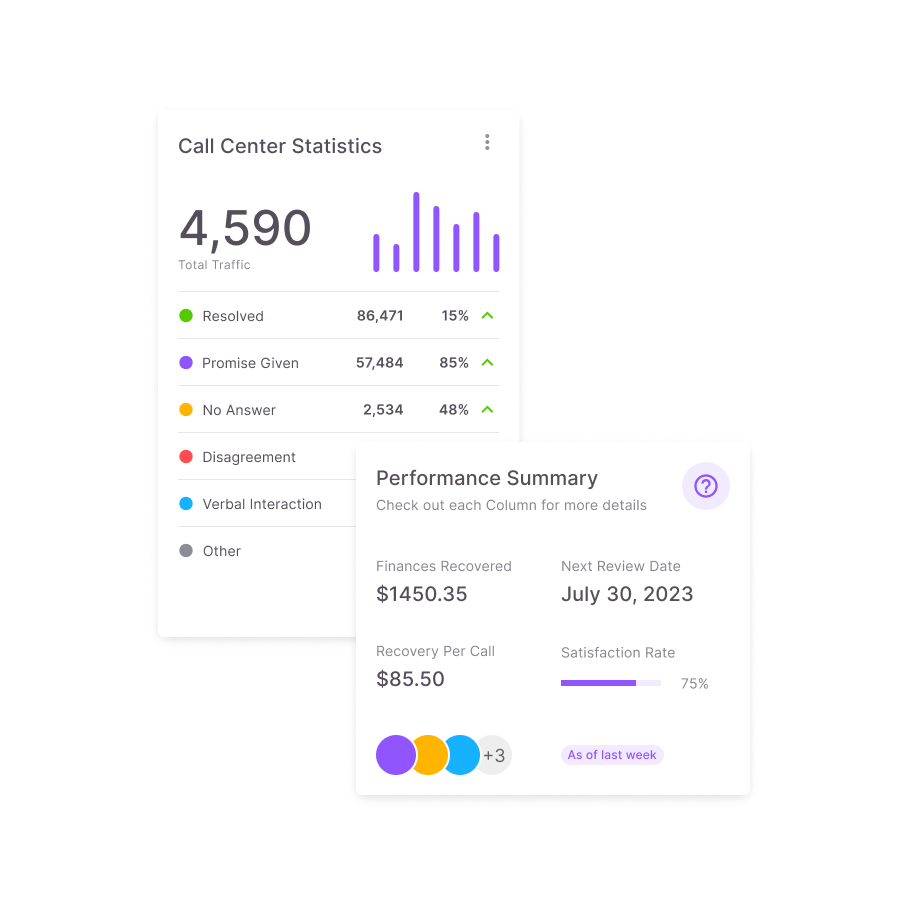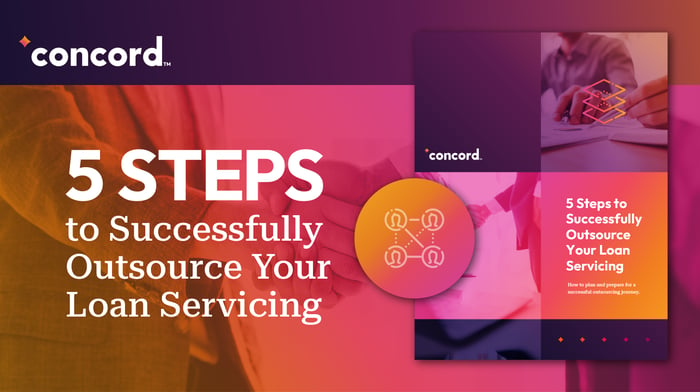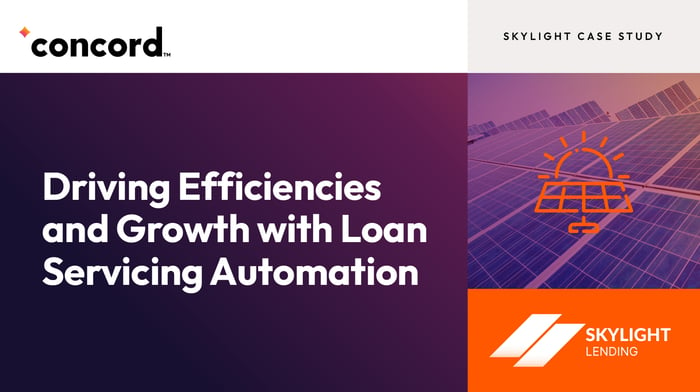Loan Servicing so good it will blow your socks off.

What We Do
Our Solutions

Loan Administration

Payment Processing

Portfolio Analysis & Reporting

Delinquency & Default Management
Technology

Who We Serve
Markets
Affiliations

How to qualify your loan service partner
The Best in Class
Why Concord?
Over 30 Years
Leveraging 30+ years of experience, we deliver unparalleled expertise, fostering long-lasting partnerships and innovative loan servicing solutions.
Award Winning
Experience award-winning excellence in loan servicing, consistently surpassing expectations and fostering successful client relationships.
Omni-Channel Communications
Omni-channel communications for seamless interactions, elevating customer experience, and boosting engagement across platforms.
Read More
Insights

5 Steps to Successfully Outsource Your Loan Servicing
Concord Servicing created this guide to successfully outsourcing your loan servicing so you can gain...
Keep Reading
Driving Efficiencies and Growth with Loan Servicing Automation
Concord helped automate, created the ability to scale tasks, and reduced compliance risks which help...
Keep Reading
How to Develop a Successful Solar UCC Strategy
Concord Servicing developed a guide to help solar lenders use UCC filings to recoup losses in event ...
Keep Reading